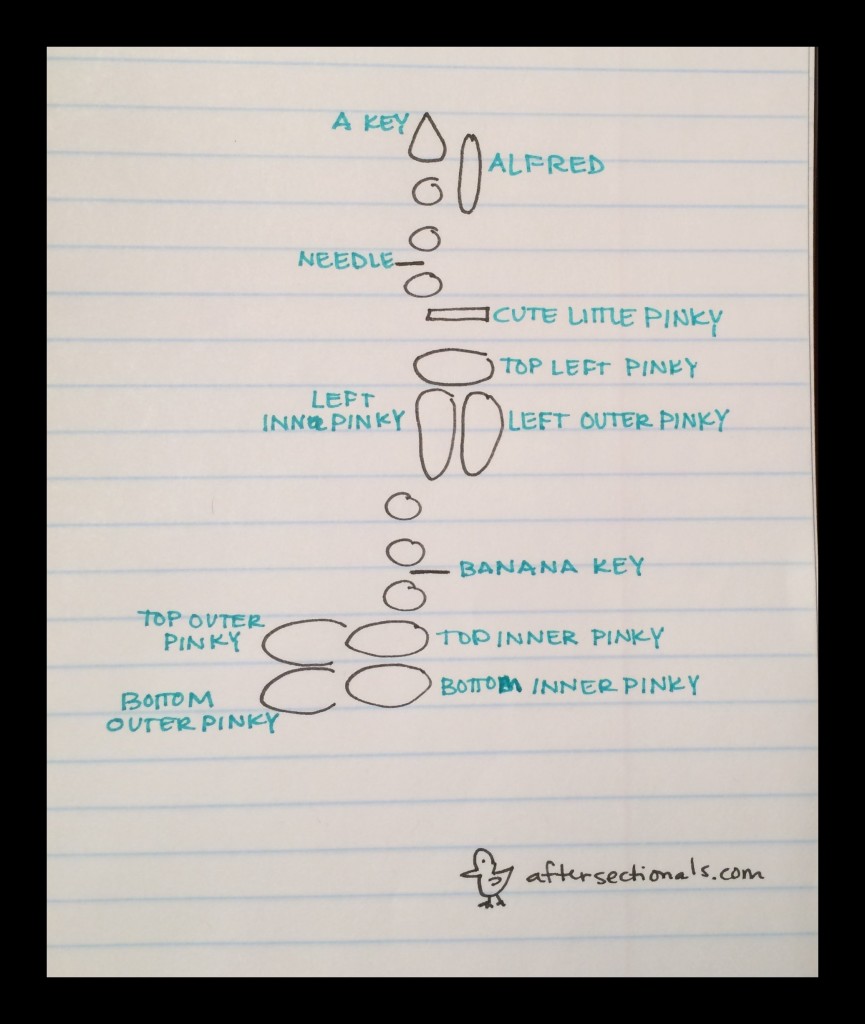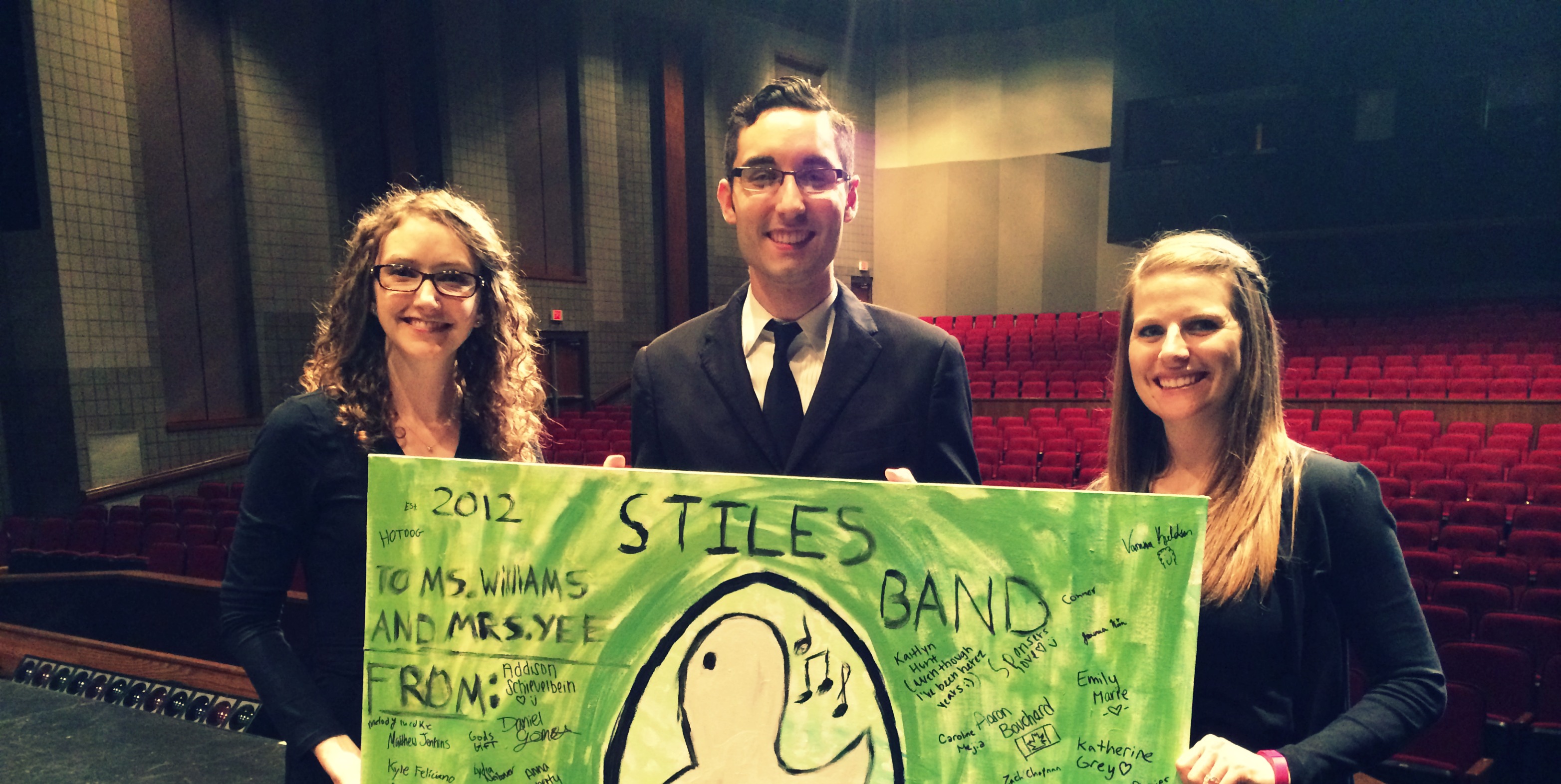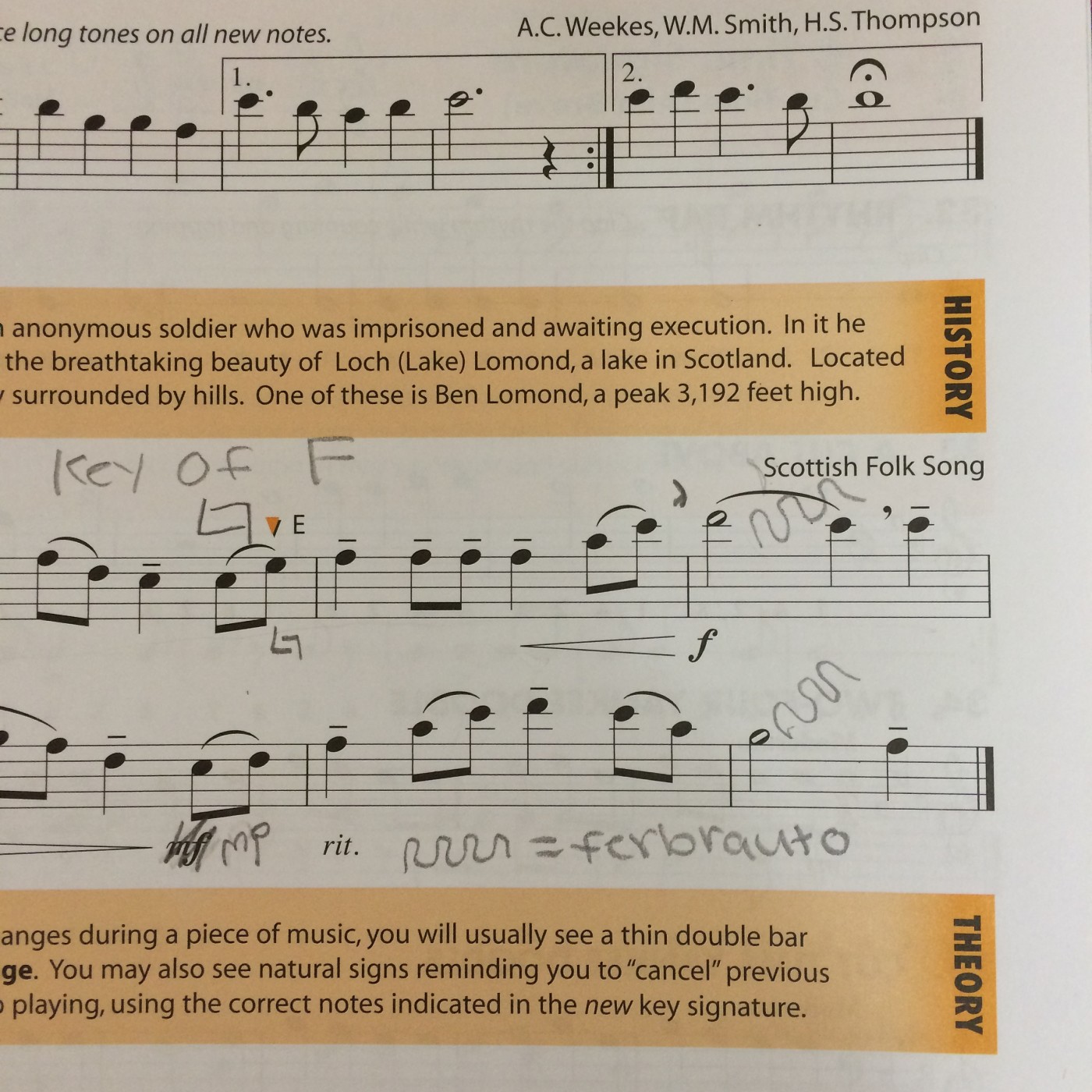AS Silliness 001 : The Pee Story

Podcast: Play in new window | Download
Need the words to Herman the Worm? No thanks necessary.

Podcast: Play in new window | Download
Need the words to Herman the Worm? No thanks necessary.

Podcast: Play in new window | Download
The last 12 weeks of school is 100% prep time for next year’s bands. While we definitely are still teaching beginner classes, we have split most of those periods amongst the three of us into two speeds: those who who need 12 more weeks to master Essential Elements book one and fundamental skills (ex. one octave scales), and those who are ready to potentially finish most of Essential Elements book two as well as more advanced skills (ex. unmetered vibrato, two octave scales, focus on musicality). Our number one goal is ensuring that 100% of our beginner students are prepared for 7/8th grade band, and that means meeting the kids at the level that they currently are at. Continuing to teach all students at the same pace denies the reality that kids learn at different speeds and sets some up for failure and others for boredom. We speak specifically about what that split looks like in the podcast.
In our full band classes, we are creating next year’s leaders. Whereas 8th graders might have been assign the majority of first parts most of the year, we are now pairing a 7th grade first part with an 8th grader so that they can learn to confidently take on harder roles while still with the safety of their older partner.

Podcast: Play in new window | Download

This shortie gives ideas for verbalizing clarinet fingerings with your beginners. If they can say it, they can play it!

Podcast: Play in new window | Download
Having a student teacher on campus brings to mind all of the lessons a new teacher still has to learn, lessons that most often can only be learned from making their own mistakes.
As the three of us talked, classroom management and injecting your specific personality into your teaching style were the major themes. Finding a balance in front of your kids is something that takes experimentation and is constantly evolving. I certainly don’t teach anything like first year me, and that is a good thing in more ways than one.

Podcast: Play in new window | Download
On March 9th and 10th, Alex and Jenna’s respective bands went to UIL Concert and Sightreading Contest. Both bands did a fabulous job. Alex’s band played “Forward March”, “Storm Mountain Jubilee”, and “Phantom Ship.” Jenna’s performed “Alamo March”, “Broken Bow”, and “Moscow, 1941.”
Sitting in our office decompressing, Jenna and Alex had many thoughts on what brought their bands to this point this year and where they will be pushing their kids for the spring concert. While the kids might see the spring concert as their final concert of the year, we see it as the building blocks for next year’s bands.

Podcast: Play in new window | Download
After our TMEA rhythm clinic, a lot of people asked us if we had special counting charts for teaching cut time, and the answer is no.
A few years ago we started introducing the concept of cut time after learning how to play #175 (Egyptian Dance) in Essential Elements. We learn #175 at “normal tempo” (72) and then push the tempo up to 120 over the course of 2 or 3 days. Once we get it to 120, I show the classes how fast the real Egyptian Dance goes and how ridiculous it would be to pat our foot that fast. That’s my lead-in for cut time.
Having the melodic reference helps the kids make the brain transition to cut time since they already know how it sounds in 4/4.
Later, we’ll go back to old rhythm charts (Chart 2, 2.5, 3, 4, and 6.5) and count those in cut time. We do the same thing with old songs in the book as well and specifically #179 (American Patrol)
Every year at the spring concert our beginner band plays the Patrick Roszell arrangement of Shepherd’s Hey, and we teach it in cut time at 60 so that every beginner has a good bit of experience with cut time before they get to 7th grade.
This year in particular, I had one class that really struggled with learning cut time. After a couple of days of frustration on MY part, I discovered that I had one very confident kid (read counts loud) that wrote “1 te” but read “1 ti” and was trying to put the te on the 2nd 16th note instead of the 3rd… It took me forcing myself to be calm and collected to figure out what was actually happening with a class of generally smart kids instead of just getting frustrated over and over again while beating a dead horse. That class is doing just fine now. 🙂

Podcast: Play in new window | Download
This week is UIL week for non-varsity bands in Region 26. Alex and Jenna have 2 and 3 rehearsals left respectively before performing, and deciding how to best use that time is sometimes not the easiest decision.
Both are pushing tempo, tempo, tempo with a side of sightreading. Jenna’s band in particular is very young, so “playing the game” is still a new concept.
Darcy’s band doesn’t going to UIL until April 1st, so her band is at a very different point in preparation. In these last few rehearsals before spring break the goal is cleaning… tedious, time consuming, and necessary.

Podcast: Play in new window | Download
Every week we have Chair Test Tuesday. I feel like weekly chair tests are positive as it forces the kids to get lots of practice getting nervous in front of each other while simultaneously taking some of the stress away from the potential for a bad playing test… if they happen every week, redemption comes soon!
Periodically I’ll allow the kids to create their own rubric for these chair tests. I guide them as they identify the skills that particular line in the book or fundamental exercise can test, and then the kids get to choose how many points each is worth. In edu-speak we could say that we are empowering student learning and self-evaluation, etc… and while all of that is definitely true, sometimes it backfires(!) which is a lesson in and of itself.
By the end of February, most of our classes are finishing up the beginner book one. We use Essential Elements and then supplement like mad. Book 2 (ye new book two) by spring break might be the goal, but every year brings its own realistic time frame.
Right after Christmas we start working with tuners in all of our beginner classes, actually incorporating “tuner tests” that function like a chair test. The visual aid helps our kids to learn ear training at an accelerated rate, taking some of the mystery and guesswork that we all initially encountered out of the mix. For kids who don’t have naturally sensitive ears, it allows them to learn to manipulate pitch while we introduce concepts that make absolutely no sense to their baby ears.

Podcast: Play in new window | Download
Amongst the flurry of feedback we got from our TMEA rhythm clinic was an email from a young teacher asking how I kept control of my classes when I teach with such high energy.
The three of us have wildly contrasting personalities and teacher personas, so it is logical that we all handle our classes slightly different styles, all while keeping the same tone to our band program.
There is a fabulously ridiculous, completely non sequitur part of our conversation that was edited out for time (and topic), and you’ll be able to download that just for fun episode to be entitled “Habanero vs. Habanera” very soon.